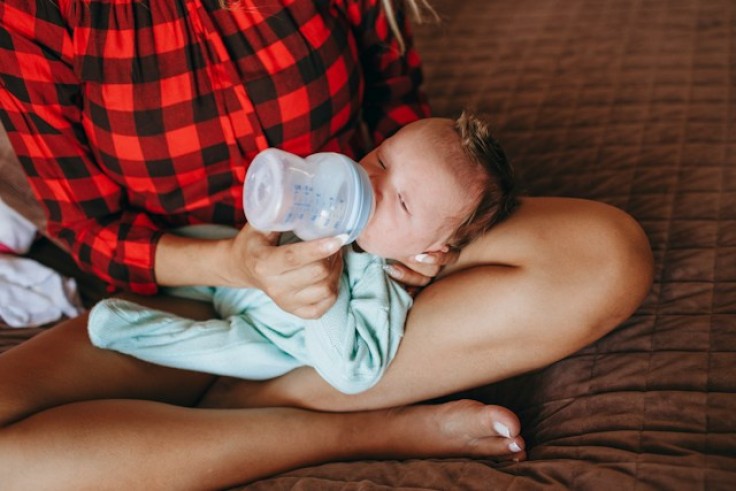
For many new parents, the convenience of a microwave is undeniable, especially when it comes to warming up meals quickly. However, when it comes to reheating breast milk, the question arises: Can you safely use a microwave? This article aims to debunk common myths surrounding the microwaving of breast milk and provide safe, effective alternatives for warming it.
The Risks of Microwaving Breast Milk
Microwaving breast milk is not recommended due to several risks:
- Uneven Heating: Microwaves can heat liquids unevenly, creating hot spots. This uneven heating can lead to scalding a baby's mouth and throat.
- Nutrient Loss: High temperatures can degrade some of the essential nutrients in breast milk, including antibodies that are vital for a baby's immune system.
- Chemical Leaching: If breast milk is microwaved in plastic containers or bottles, there's a risk of harmful chemicals leaching into the milk.
Breast milk is a complex, living nutritional fluid that contains enzymes, white blood cells, and antibodies. These components are sensitive to temperature and can be destroyed or altered when exposed to high heat. Microwaving can also break down the fats in the milk, affecting its quality and digestibility.
Safe Alternatives to Microwaving Breast Milk
- Water Bath Method: Place the breast milk container in a bowl of warm (not hot) water. This method evenly warms the milk without reaching temperatures that could damage its nutritional content.
- Bottle Warmers: Specialized bottle warmers are designed to heat breast milk gently and evenly. They are a convenient and safe alternative, especially for nighttime feedings.
- Running Water Technique: Hold the bottle under lukewarm running water, gradually increasing the temperature until the milk reaches body temperature.
- Room-Temperature Thawing: If the breast milk is frozen, let it thaw overnight in the refrigerator or at room temperature. Once thawed, it can be warmed using one of the above methods.
Tips for Storing and Handling Breast Milk
- Storage Containers: Use breast milk storage bags or BPA-free bottles to store breast milk. Avoid plastic containers that might leach chemicals.
- Labeling: Always label stored breast milk with the date it was expressed. Use the oldest milk first to ensure it doesn't spoil.
- Refrigeration: Freshly expressed breast milk can be stored in the back of the refrigerator for up to four days. In the freezer, it can last for about six months.
- Avoid Refreezing: Once thawed, breast milk should not be refrozen. Use thawed milk within 24 hours.
While the microwave might seem like a quick solution for warming breast milk, it's not the safest option due to the risks of uneven heating, nutrient loss, and potential chemical leaching. By using safe alternatives like a water bath, bottle warmer, or running water technique, you can ensure that your baby receives all the nutritional benefits of breast milk without any safety concerns.
Remember, the key to successful breast milk feeding is not just in how you feed but also in how you store, handle, and warm the milk. With these tips, you can provide your baby with the best nutrition in the safest way possible.
Related Article : Breast Milk Colors and Meanings from Yellow to Blue